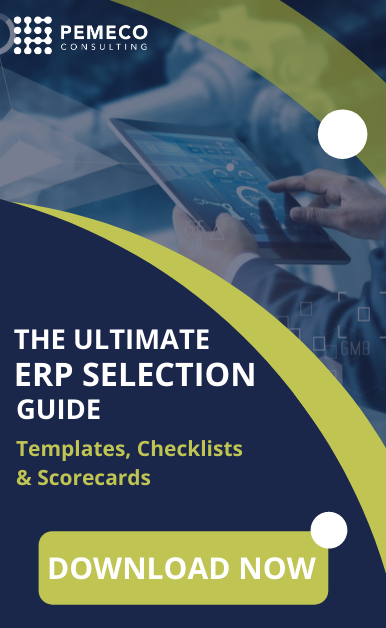I recently met with the IT director of a North American auto parts distributor. He told me that his company was very unhappy with its new ERP system.
On August 8th, Infor advised of its decision to expand its channel partner rights. Infor also made its intention clear that it will compete head-to-head against its own VARs when an opportunity target earns between $100 million and $500 million.
This post is reproduced, in part, from the Megaventory blog. Megaventory is a vendor of inventory management software. Please visit Megaventory’s blog to read the complete interview.
Businesses today tend to look at ERP as a solution to whatever ails them. Unfortunately, this mindset often leads to disappointment. Learn how our business forebearers designed ERP as part of a broader organizational solution set.
It doesn’t matter how fancy your ERP system is. It doesn’t matter how closely the system’s capabilities match your company’s needs. It doesn’t matter that the ERP system is SaaS, comes with the latest flavors of business intelligence, or can be used by mobile workforces on their smartphones. No, none of this matters if the system isn’t implemented correctly.
All business leaders want to take their organizations to the next level. In an effort to do so, many have invested heavily in ERP implementations and have suffered through associated business disruptions.
Happy New Year! We hope you’re kicking off 2012 with a commitment to continued ERP success.
This article – provided by ERP vendor SYSPRO – outlines how enterprise business software can help manufacturing companies implement Lean fundamentals.
With all of the recent marketing hype surrounding SaaS ERP, you might be surprised to learn that it only commands 7% of the 2011 global ERP market share by software sales. According to a July, 2011 report by Gartner Research, this translates to a roughly $1.7 billion (U.S.) slice of the $24.3 billion ERP software pie.

